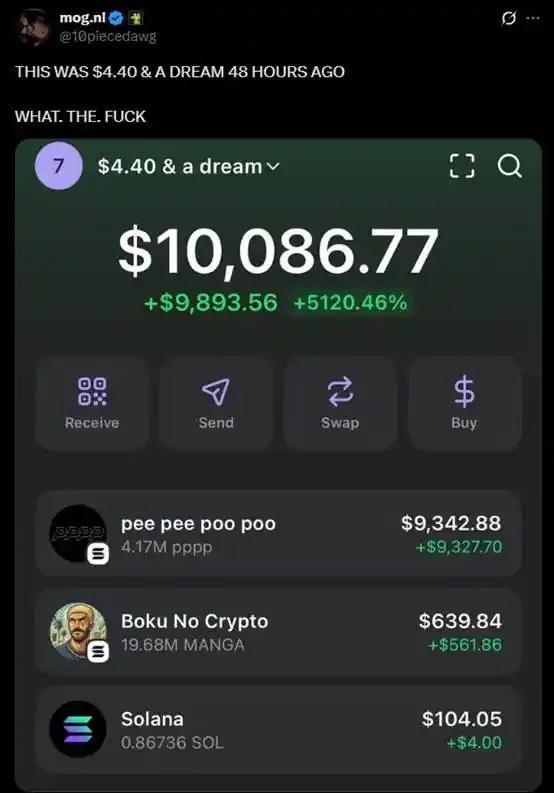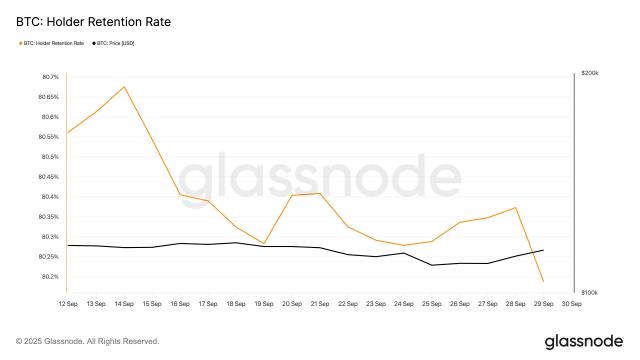After iOS 26 was launched, users immediately split into two camps.
Some people think that the new system has a beautiful sense of layering and the visual experience has indeed been improved; others frequently complain that there are too many bugs and the battery life has plummeted.
Amidst controversy, Apple recently released the iOS 26.1 developer beta, focusing on optimizing liquid effects and UI details. But it's worth noting that Apple's hidden Easter eggs are perhaps even more noteworthy than these "superficial" improvements.
Image | 9to5Mac
According to 9to5Mac, hidden code in the iOS 26.1, iPadOS 26.1, and macOS Tahoe 26.1 developer betas shows that Apple is laying the foundation for introducing MCP support for App Intents.
This also means that in the future, we can enable ChatGPT, Claude, or any other MCP-compatible AI model to interact directly with Mac, iPhone, and iPad apps.
Anthropic's MCP protocol,
Became the key for Apple to "control" ChatGPT
Before discussing Apple’s big move, we need to explain MCP to those who don’t know about it.
MCP, the full name of Model Context Protocol, was proposed by Anthropic in November last year. It aims to solve an integration problem called "N x M".
What does this mean? It means that if there are N AI models and M external tools or data sources, the traditional approach would require developing NxM custom interfaces. But MCP, the USB-C interface of the AI world, has a wicked smile: Don't bother, I'll be your universal translator.
MCP replaces past fragmented and proprietary integration practices by providing a common, open protocol that standardizes how models connect with external data sources and tools, aiming to achieve bidirectional and secure interaction.
In simple terms, it wants to become the "HTTP (the basic protocol for web pages)" or "SMTP (email protocol)" in the field of AI.
The results? Immediate. Since its launch, MCP has been integrated into companies and platforms like Notion, Google, Figma, and OpenAI, becoming the industry's "universal connector" for AI applications.
Many people tend to misunderstand that MCP + App Intents only serves AI, but this is not the case.
MCP is essentially a protocol that solves the problem of how to enable models or external services to communicate securely with systems. While the most popular use case today is AI model invocation applications, MCP can also be used in non-AI scenarios.
Taking WeChat Pay as an example, we can see that MCP's potential extends beyond AI. Tencent's Component Platform recently announced integration with WeChat Pay's MCP, enabling developers to directly initiate orders, query orders, and process rewards within their agents.
Similarly, App Intents is not a "new species" created specifically for AI.
It appeared in 2022. At that time, its goal was to abstract the functions of applications into semantic actions that the system could call directly. For example, Spotlight search, shortcut commands, and widgets all use App Intents and do not rely on AI.
The access of MCP simply allows "external AI" to use this ready-made channel.
According to an analysis of iOS 26.1 and other beta software code, Apple is not asking each app to support MCP individually. Instead, it is building system-level MCP support directly integrated into the App Intents framework.
This means that on iPhone, Siri/Apple Intelligence (driven by Apple's basic model) understands your request and can trigger App Intents to perform local actions; when the system determines that more extensive knowledge is needed, it will obtain your consent and hand over the necessary content to ChatGPT to obtain the answer.
So the future scenario may be like this: you say to ChatGPT, "Please transfer 100 yuan to Zhang San on WeChat for me." ChatGPT will call MCP to package this instruction into a standardized request; the iPhone system recognizes that this is a WeChat payment action through App Intents and directly calls the WeChat interface to complete the operation.
You don't need to switch apps or click buttons yourself; everything is done collaboratively by the model and the system. In other words, MCP gives the model "hands," and App Intents is the track Apple defines for these "hands."
What are the benefits of doing this?
The first benefit is free riding. Apple can directly benefit from the vast tool ecosystem built by the entire industry around MCP, without having to develop every functional integration from scratch.
On the other hand, when all external AI requests must go through Apple’s own strictly reviewed App Intents framework, Apple can both enforce its own privacy and security standards and ensure consistency in the user experience.
Remember we mentioned AI Key in a previous article? This is a piece of external hardware positioned as an "AI assistant," advertised by the manufacturer as plug-and-play. Once connected via an iPhone's USB port, it allows you to control apps and features on your phone with just your voice, covering everything from messaging and maps to photography and social media.
Although the purposes are similar and both have the opportunity to allow AI to directly control mobile phone applications on behalf of users, compared with hardware "plug-ins" such as AI key with limited experience, the system-level scheduling mechanism is truly scalable, more pragmatic, and has longer-term value.
However, Apple has only "buried" the code for system-level MCP support in the iOS 26.1 beta. It is still in the early engineering stage and has not released a callable interface to the public. Whether and when it can be realized in the future depends on the progress of subsequent beta versions and official documentation.
If you can't make the strongest sword, then make the best scabbard.
Extending to the overall changes, Apple's open attitude has become increasingly obvious in recent years.
Even Apple Intelligence reflects this fundamental shift. Starting early but arriving late, catching up with OpenAI and other companies took time. Apple is no longer obsessed with developing its own full stack, but is actively embracing external models and providing flexible access points for its systems.
This shift also caused a significant stir within Apple. Bloomberg reported that Apple's AI team had a heated debate over whether to develop its own AI or collaborate with others, but ultimately retained a more pragmatic platform-based approach.
This also coincides with the trend of the entire industry.
In the short term, AI may see monopoly dividends for giants, but in the long term it will inevitably move towards tiered competition.
No single model is the best for all tasks, and open source offers the market a wealth of alternatives. Therefore, for platform companies, the optimal solution is to integrate models from different vendors to achieve risk diversification, cost optimization, and optimal use.
Microsoft is a typical case.
In the past, it was deeply integrated with OpenAI, but recently, Microsoft also integrated Anthropic's Claude model into Microsoft 365 Copilot. While this may appear to be a deepening rift between the two parties, the deeper reason lies in Microsoft's internal testing, which found that Claude indeed outperformed ChatGPT in certain scenarios.
Similar logic is now applied to Apple.
Following the collaboration with OpenAI, there have been rumors this year that Apple has included Google Gemini and Anthropic Claude on the candidate list for the next generation of Siri and system-level AI.
Looking back at Apple's long-term narrative, this thread becomes even clearer.
When Apple launched the App Store in 2008, it faced similar questions: Why let third-party developers "parasitize" on iOS? As it turned out, the platform model unleashed far more innovative energy than Apple could have alone.
Later, whether it was CarPlay, HealthKit, or today's MCP + App Intents, this was also the platform governance logic that Apple was most familiar with: it set standards and rules, and third parties were free to innovate within the rules.
The proxy layer platform built on App Intents is also the latest extension of this logic. Through the MCP protocol, Apple can transform external AI models into suppliers.
When these suppliers want to reach Apple's large and high-value user base, they must comply with Apple's interface and security standards.
In other words, Apple has once again placed itself in the position of distribution channel and rule maker - this is also the role that Apple is best at and most comfortable with.
This article comes from the WeChat public account "APPSO" , the author is APPSO, which discovers tomorrow's products, and is authorized to be published by 36Kr.














